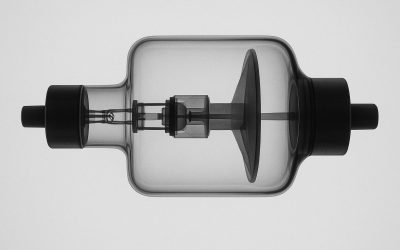We take many things for granted today and one of the most precious gifts we received from our ancestors is freedom. So many people gave up their lives so we could live without tyranny and the terrible things which come with oppressive rule. When you think of World War II you may think of a low tech war but in reality, this was a time of amazing technological growth and things like microwave circuits and radar made the difference between victory and defeat. Let’s look a little closer at radar to see just how much we owe to this technology.
What is Radar?
Radar stands for “radio detection and ranging”. The term was first used by the United States Navy in the early 1940s. By using radio waves of very high frequency (microwave range) objects can be detected and location and speed can be accurately determined.
Here is how radar basically works. With the help of microwave circuits, a radar unit transmits radio signals and they bounce off objects. By determining the rate in which the signals return (echo), calculations can be performed to determine how far away and how fast they are traveling.
The range of the detection equipment is determined by several factors:
* Height of the antenna
* Local topography
* Atmospheric conditions
* Background noise
* Transmission power
History
In 1886 Heinrich Hertz discovered the benefits of bouncing radio waves off objects. A few years later the Russian Navy developed crude radar devices, and by the 1920s the US Navy was involved with radar. In fact, before WWII, many countries were working secretly on this technology.
World War II
By 1940, Britain had developed successful radar which made it possible to detect German bombers before they came into range. In fact, this is believed by many to be the deciding factor in the Battle of Britain and influenced the outcome of the Second World War. Had Britain fallen to the Axis, the Normandy Invasion would not have been possible and it is hard to envision what the world would be like today. British knowledge of microwave circuits and radar was leaps and bounds ahead of US technology and Britain shared this knowledge with the US in 1940.
During the bombing of Pearl Harbor in late 1941, the United States had radar technology in place and it detected the Japanese invasion fleet. However, the large radar echo was believed to be American bomber planes instead.


